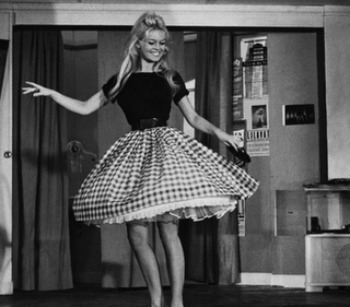As we talk about the vassalage ceremony, we have the opportunity to observe one of the most important and significant institutions of the entire Middle Ages. More than a simple economic and political agreement, this solemnity opens the way for the observation of the institutions and customs that contaminated that time. Under this last question, vassalage was constituted as one of the most striking legacies of the Germanic tradition in Europe.
From the point of view of the signed agreement, vassalage was made possible when a landlord expressed interest in donating part of his property to a nobleman who did not own land. However, instead of producing a written agreement that formalized the interest between the parties, the nobles involved in the In this situation they organized a solemn ceremony in which the commitment would be confirmed through a whole ritual, marked by gestures and you speak.
From a cultural point of view, this option goes back to the institutions and Germanic law, which were similarly based on the execution of oral agreements supported by relationships of fidelity. Feudal Europe, as well as barbarian culture, was present and important in those times. At the same time, we see in the same event, the disfavor of a written culture, since in those times the literate world was practically restricted to members of the Church.
At the solemnity, members of the Church and other witnesses were present at the moment when the vassal he swore fidelity, the provision of military service and assistance whenever the suzerain presented any necessity. In exchange, the suzerain guaranteed to his vassal, the use of land domain, the right to collect a toll in some locality of the manor or the exercise of an office. That was how the new social relationship between nobles was established.
For truth and seriousness to be given to the situation, the vassal would have to swear his allegiance in the presence of sacred relics of a religious nature. Thus, in times of strong devotion, the agreement should honor those icons who “lent” their sacredness to the solemnity. Furthermore, the carnal conjunction, made through a kiss, also reinforced a situation of reciprocity between the lord and the vassal. The body was then used as a symbolic instrument of serious communion.
Over time, we see that the suzerainty and vassalage relationships determined the formation of an extensive hierarchical structure among the members of the European nobility. The king would occupy the top of this structure, having his authority limited to his direct vassals. Next, the dukes, marquises and counts exercised their authority over the barons, who were seen as the least influential proprietors. In addition, there were the knights, who served by protecting existing properties.
By Rainer Sousa
Master in History
Do not stop now... There's more after the advertising ;)
Would you like to reference this text in a school or academic work? Look:
SOUSA, Rainer Gonçalves. "The vassalage ceremony"; Brazil School. Available in: https://brasilescola.uol.com.br/historiag/a-cerimonia-vassalagem.htm. Accessed on June 27, 2021.



